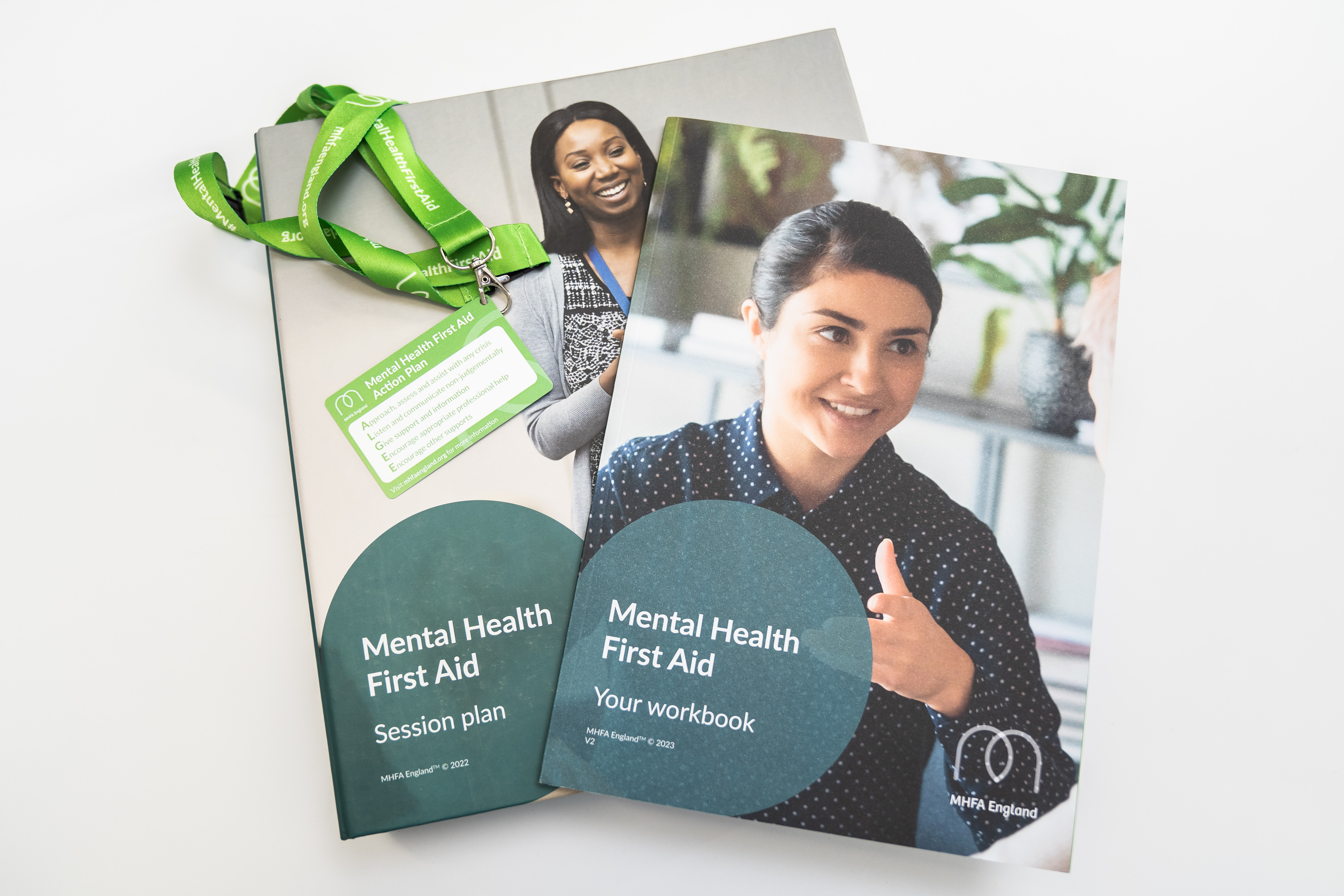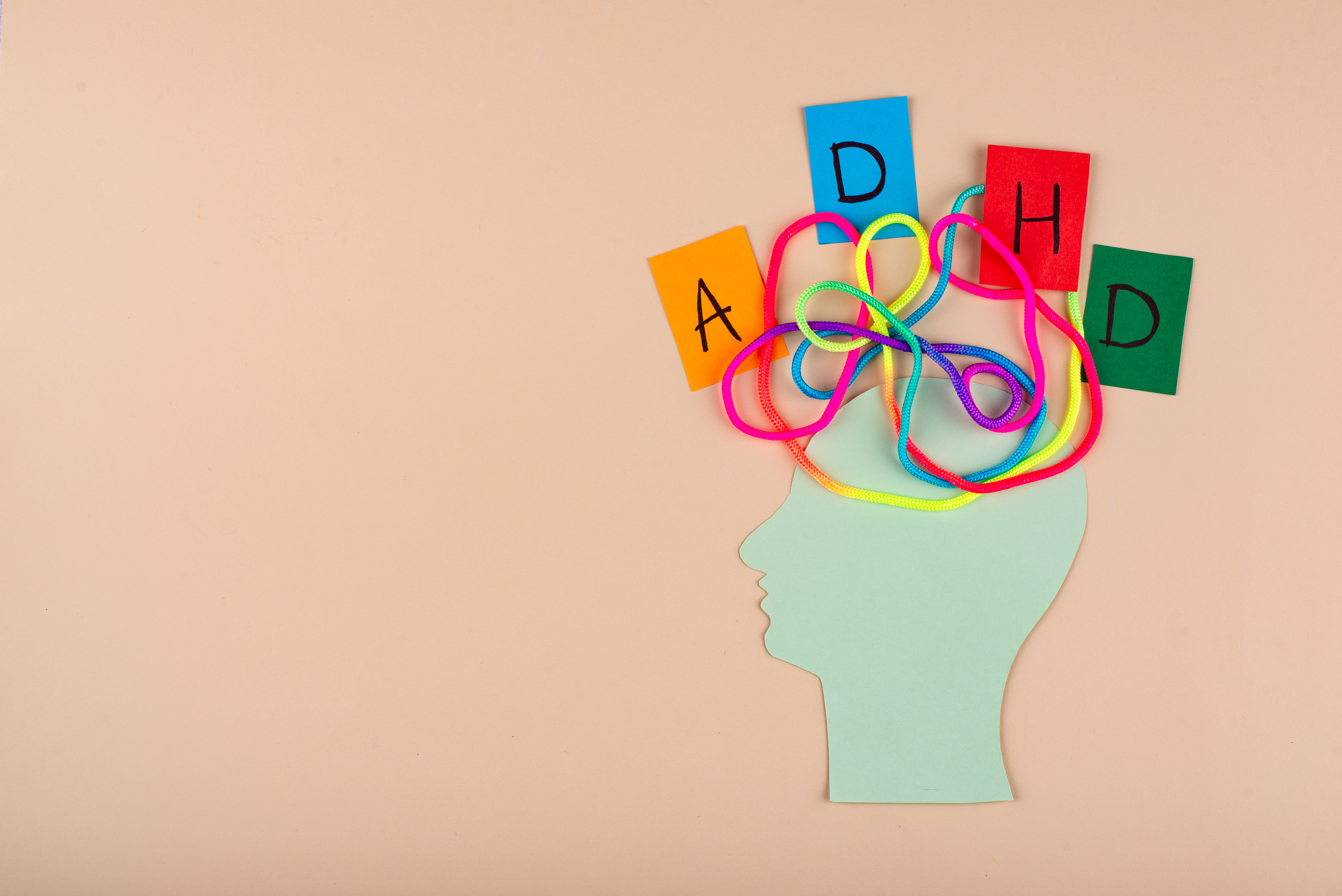In the first in this series of blog posts, I want to introduce you to the background of the Five Ways of Wellbeing.
What is the research behind it?
Research by New Economics Foundation, commissioned jointly by the National Mental Health Development Unit (NMHDU) and the NHS Confederation in 2010, for the first time identified the importance of looking after the mental health of all, alongside physical health, and not just focussing efforts on vulnerable groups, taking a population-wide perspective to improving mental health and wellbeing as well as targeting those who are already experiencing mental health difficulties.
What are the Five Ways to Wellbeing?
- Connect
- Keep Learning
- Be Active
- Take Notice
- Give
A useful acronym to remember them I like to use is CLANG
Why is this combination important?
The research found that, for example, people who report higher levels of wellbeing tend to be more involved in social and civic life, are more likely to behave in environmentally responsible ways, have better family and social relationships at home and are more productive at work. Increasingly positive mental states actually precede and help to cause good outcomes in health and wellbeing.
The Five Ways to Wellbeing was developed based on evidence relating to individuals’ behaviour. If individuals change their behaviour so as to incorporate more Five-Ways-type activities into their day-to-day lives, the empirical evidence suggests that their subjective wellbeing should improve.
How to build them into our routine?
This will be different for each of us as individuals, but we can start by taking a look at what we already have in our routines, whether as part of our home, social or work life and where the opportunities may be to build habits around what we already have and do. We only have to start small, perhaps taking notice of the trees and wildlife we see as we get active on our walk to school or work, or connecting by sparking up a conversation with the person we see on the bus or train each morning, giving them a friendly ear – who knows what you might learn! These are neither too difficult nor time-consuming, but can make a difference to our wellbeing, and that of those around us, in a small but worthwhile way.
More to follow
In this series of blog posts, I will delve further into each of the Five Ways to Wellbeing, sharing some of the ways I have incorporated them into my daily life and offering some more ideas as to what you could do as an individual or an organisation to make them part of your routine to look after your own wellbeing and encourage those around you to do so too.
Click here to read the next post in the series: CONNECT


